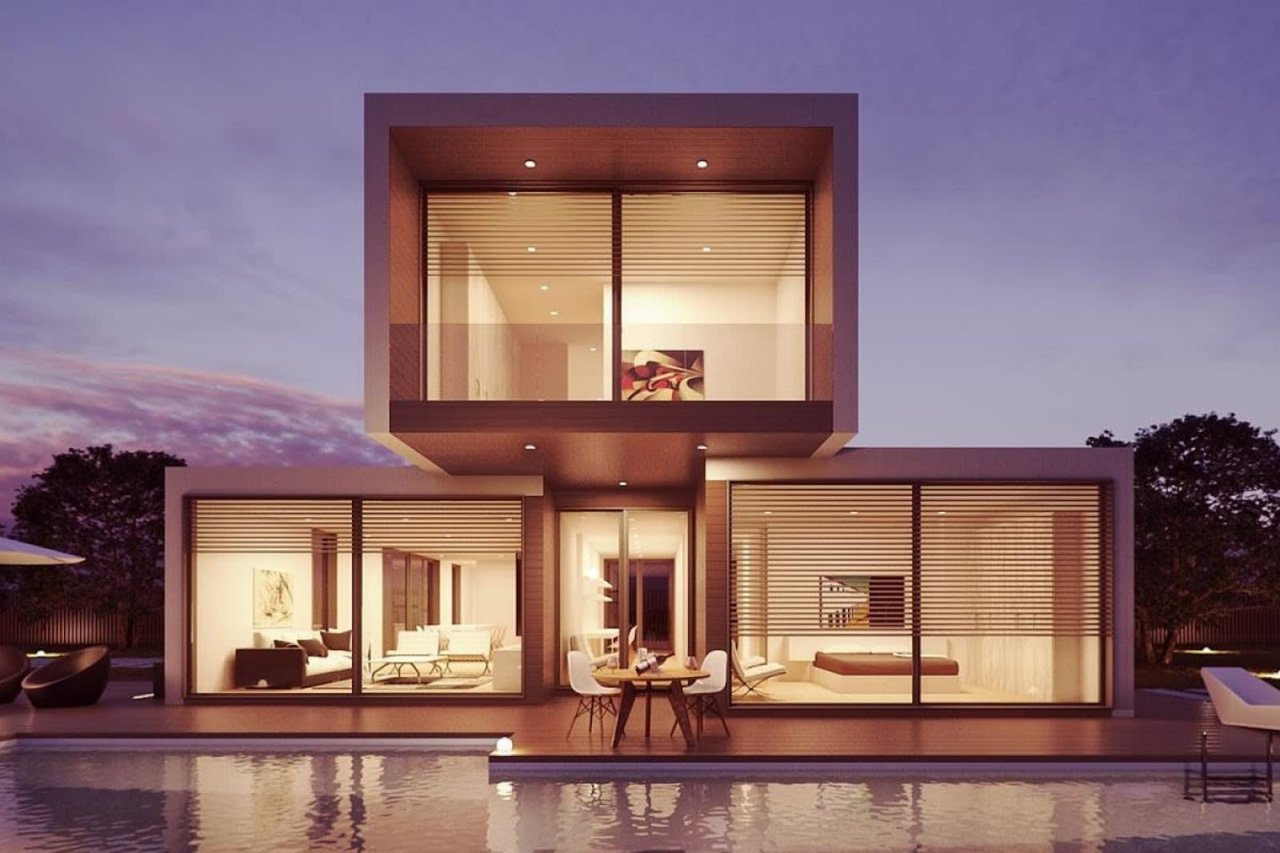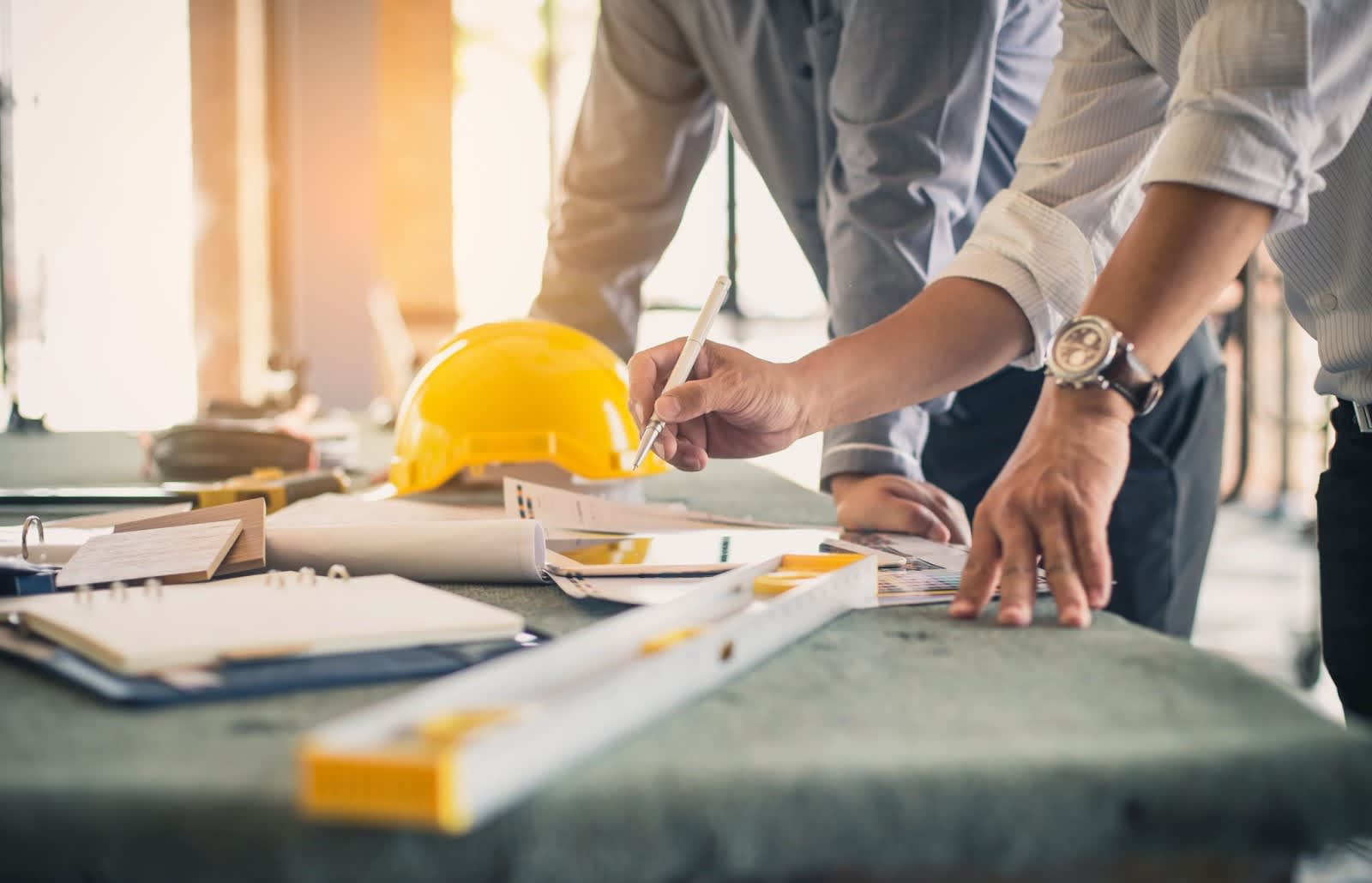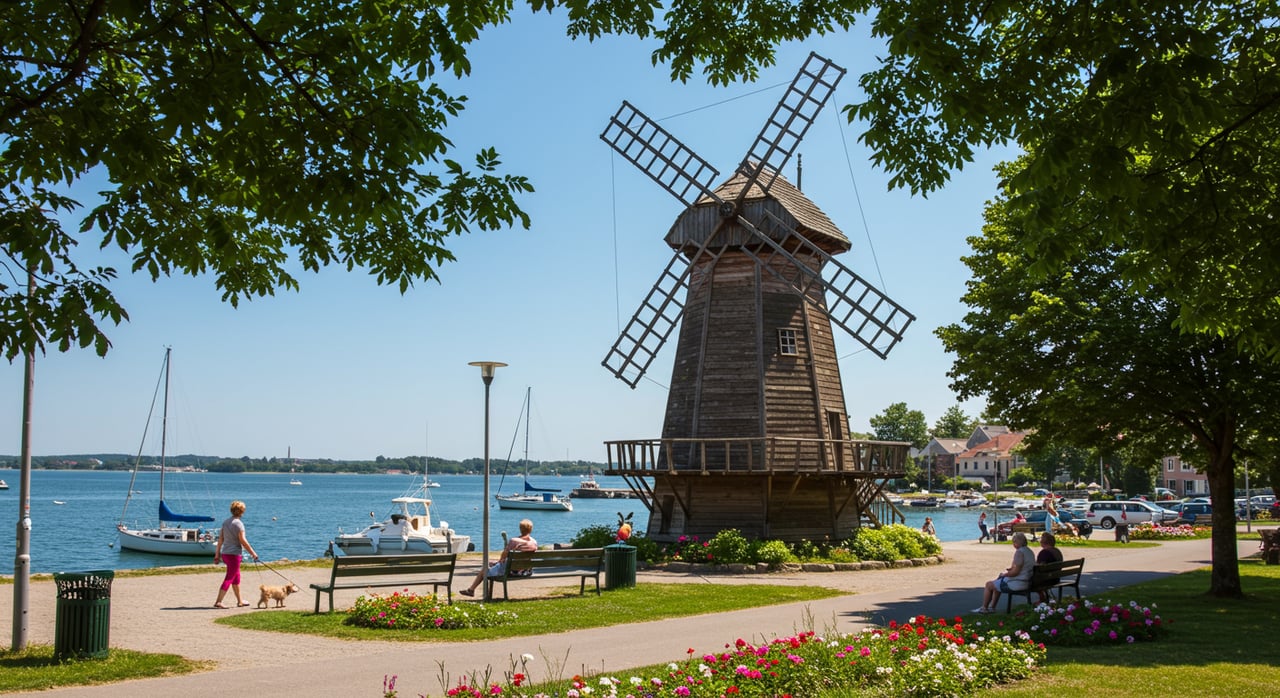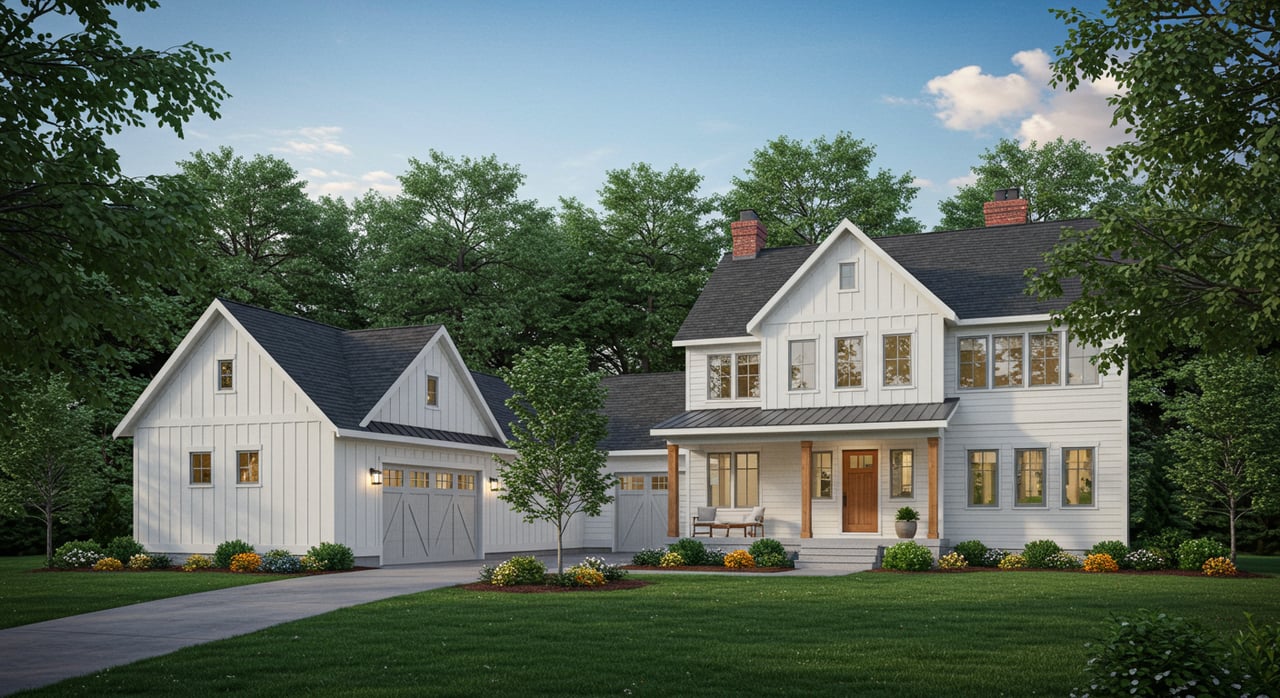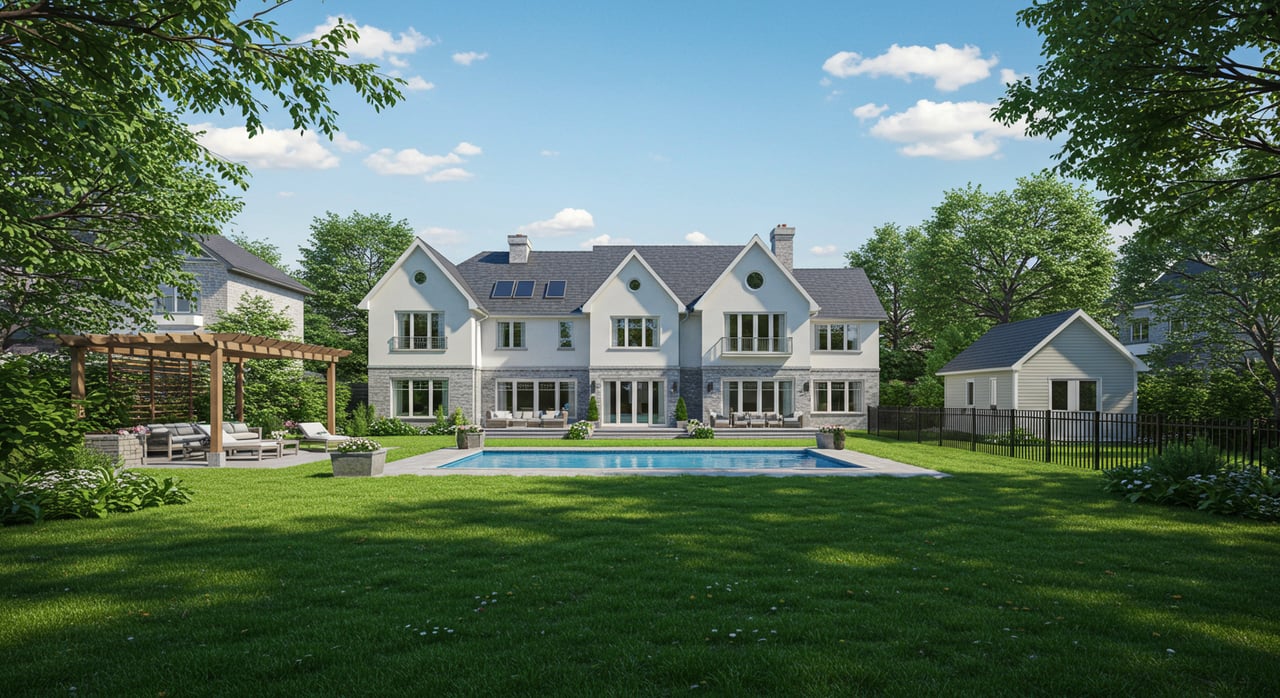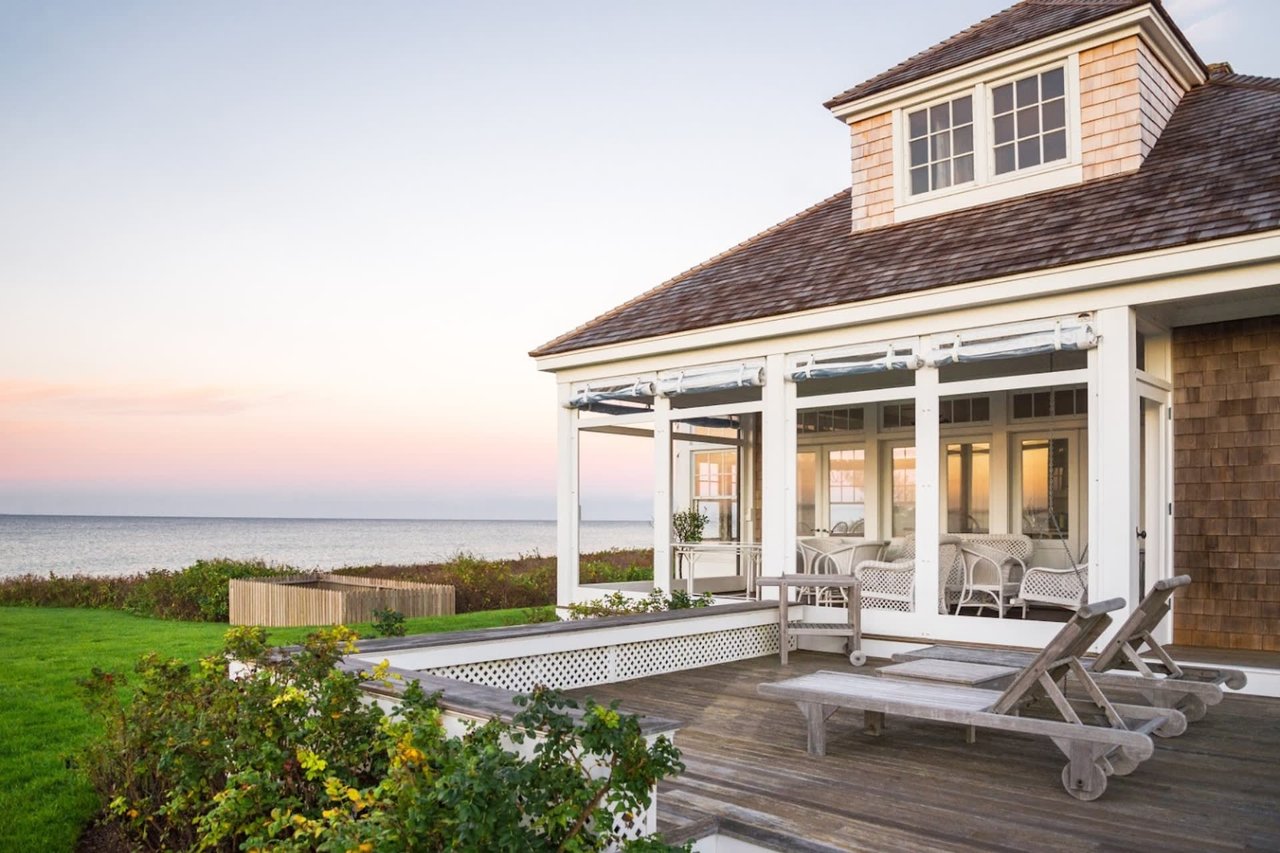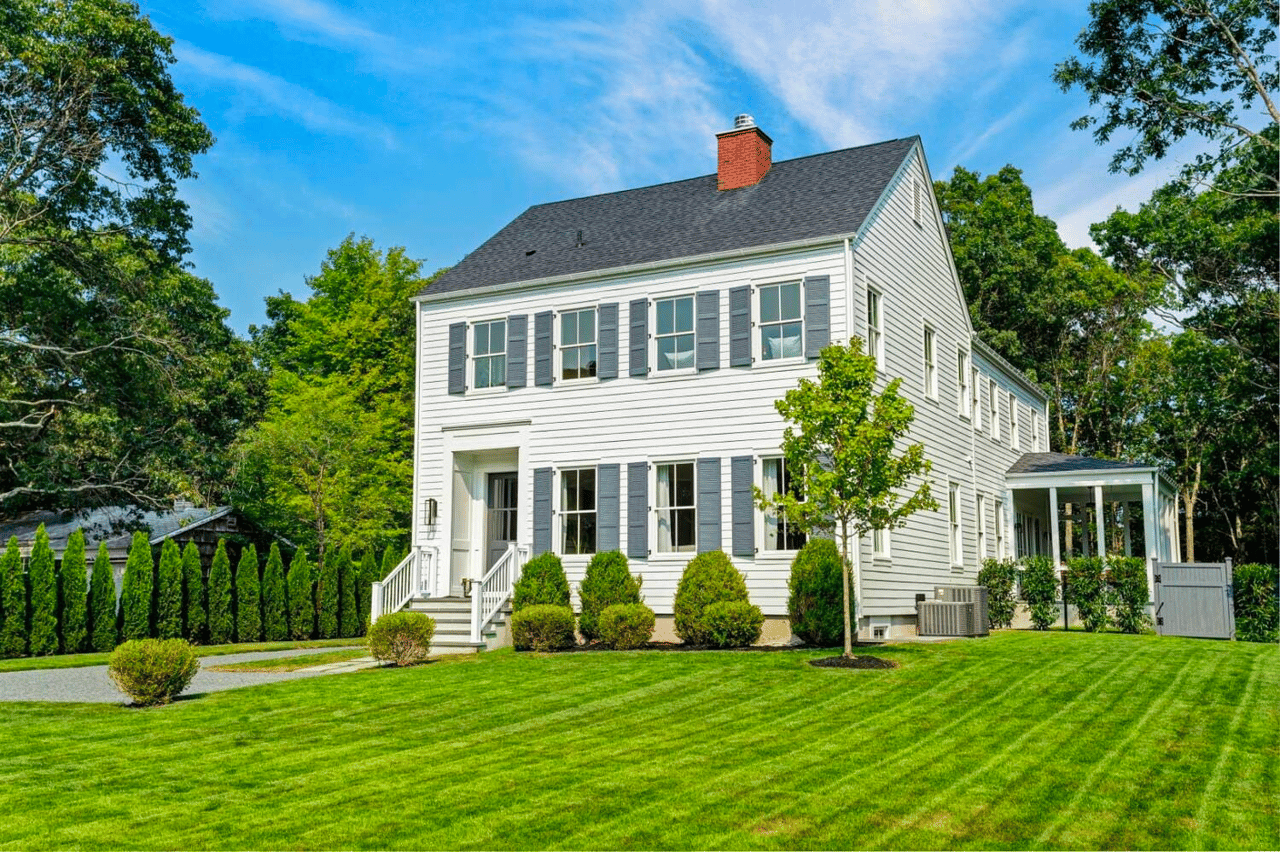It is well-known within the building industry that construction can be costly and time-consuming. For centuries, traditional construction brought all the raw materials to the building site for tradespeople to cut and assemble. With this method, delays are almost more frequent than on-time construction and can be induced by extensive bureaucratic circumstances, inadequate planning, lack of staff, and a host of other causes. Fortunately, there exists a solution for those seeking to drastically cut down on construction time: modular construction.
If you’re looking for your dream home in the Hamptons but aren’t sure where to start, consider this unique, cost-effective, and energy-efficient alternative to traditional construction.
A Brief History
The first recorded instance of modular construction was in the 1830s when a London carpenter named John Manning made a prefabricated home for his son. It was then popularized during the 1840s California Gold Rush in the United States, when it was used to build the Crystal Palace for Britain’s Great Exhibition of 1851, gaining further popularity with the creation of prefabricated buildings both during and after World War II.
The demand for modular building in the U.S. then led to the creation of the Modular Building Institute. While some may describe this as a “new” or “modern” construction method, the modular building has been used in many industries for decades. More recently, it has been getting press for multi-family, hotel, and commercial properties.
Defining Modular Building
According to the Modular Building Institute, “modular construction is a process in which a building is constructed off-site, under controlled plant conditions, using the same materials and designing to the same codes and standards as conventionally built facilities – but in about half the time. Buildings are produced in “modules” that, when put together on-site, reflect the identical design intent and specifications of the most sophisticated site-built facility – without compromise.”
Made in sections away from construction sites, modules are then delivered to the desired location, where they are installed into the final building design. Most of the work is completed in a factory-controlled environment, either as a complete structure or as smaller modules for a larger project. Permanent modular buildings – such as prefabricated homes – are built to equal or higher standards than traditional site-built homes, ensuring high levels of quality control.
Permanent modular construction (PMC) is an innovative, sustainable form of construction. PMC is done with various building materials, including concrete, steel, and wood. PMC can also include supplies for adding windows, water, and sewage pipes, telecommunications, air conditioning, power supplies, and more. Installing these features before PMCs are taken to the site saves construction time later in the process.
Once built, these structures remain in one location and can include as many stories as local building regulations allow. While modular buildings undergo rigorous testing to ensure safety and quality, they still require maintenance just like any other construction to ensure they last a long time.
Two Forms of Modular Building
Modular construction is an umbrella term that includes two different types of constructions:
- Panelized construction is a process where exterior and/or interior wall panels are built in a factory setting before being transported and arranged on the construction site. The remainder of the building is constructed on-site.
- Volumetric modular construction is when sections of rooms or entire rooms are built in a factory setting before being transported and assembled at the building site. This form comes with fully built walls, floors, and ceilings and is used for both permanent and relocatable modular projects.
Advantages of Modular Building
Now that you understand what modular construction is, let's delve into the array of benefits of choosing this form of building.
- Modular buildings can be a huge time saver. Since modular construction allows the industrialized assembly to proceed concurrently with site preparation, it dramatically reduces the total time it takes to build a structure. Additionally, the modules arrive on-site typically outfitted with flooring, cabinets, counters, electrical and plumbing fixtures, thereby needing little time and effort before they’re available for use.
- This time-saving benefit keeps the project on schedule and has the potential to save 30 to 60% of overall build time.
- Indoor construction is safer construction since it reduces the risk of accidents and related liabilities for workers.
- Modular buildings are built to code with quality materials, meeting or exceeding the same building codes and standards as site-built structures.
- Weather delay is not a concern. Construction taking place in a factory setting eliminates delays to project completion dates based on weather troubles. It also provides workers with safer, more comfortable working conditions, allowing them to be more productive and produce a higher quality product.
- Modular construction is a major space saver. The lack of need to store materials on site is a significant advantage, especially when a site is tight on space. If the construction site is low on space, having all of the building material on-site causes clutter, slows down work, and creates theft concerns.
- By building modules in a factory, building sites remain cleaner, safer, and provide ample space for workers to work and move around freely.
- Less material is wasted with modular construction. In a factory setting, waste is eliminated by recycling material, controlling inventory, and protecting building materials.
- Modular construction means improved air quality. Since modules are mainly built in a factory-controlled setting using dry materials, the potential for moisture getting trapped in the new construction is eliminated.
- Modular building is perfect for remote locations where on-site construction could prove too difficult or costly.
- Design options are limitless. Modular units can be designed to fit an endless variety of aesthetics, making planning and building your dream home a reality.
If you’re in the market for Sag Harbor homes or Bridgehampton real estate, contact Crosby Renwick today. Whether you’re looking for a modular home or another type of property, Crosby will guide you to the perfect Hamptons home for you.
